'It creates a low-level toxic exposure risk that’s totally avoidable' – 5 things you should never clean with disinfectant wipes
They’re a shortcut you don’t want to risk

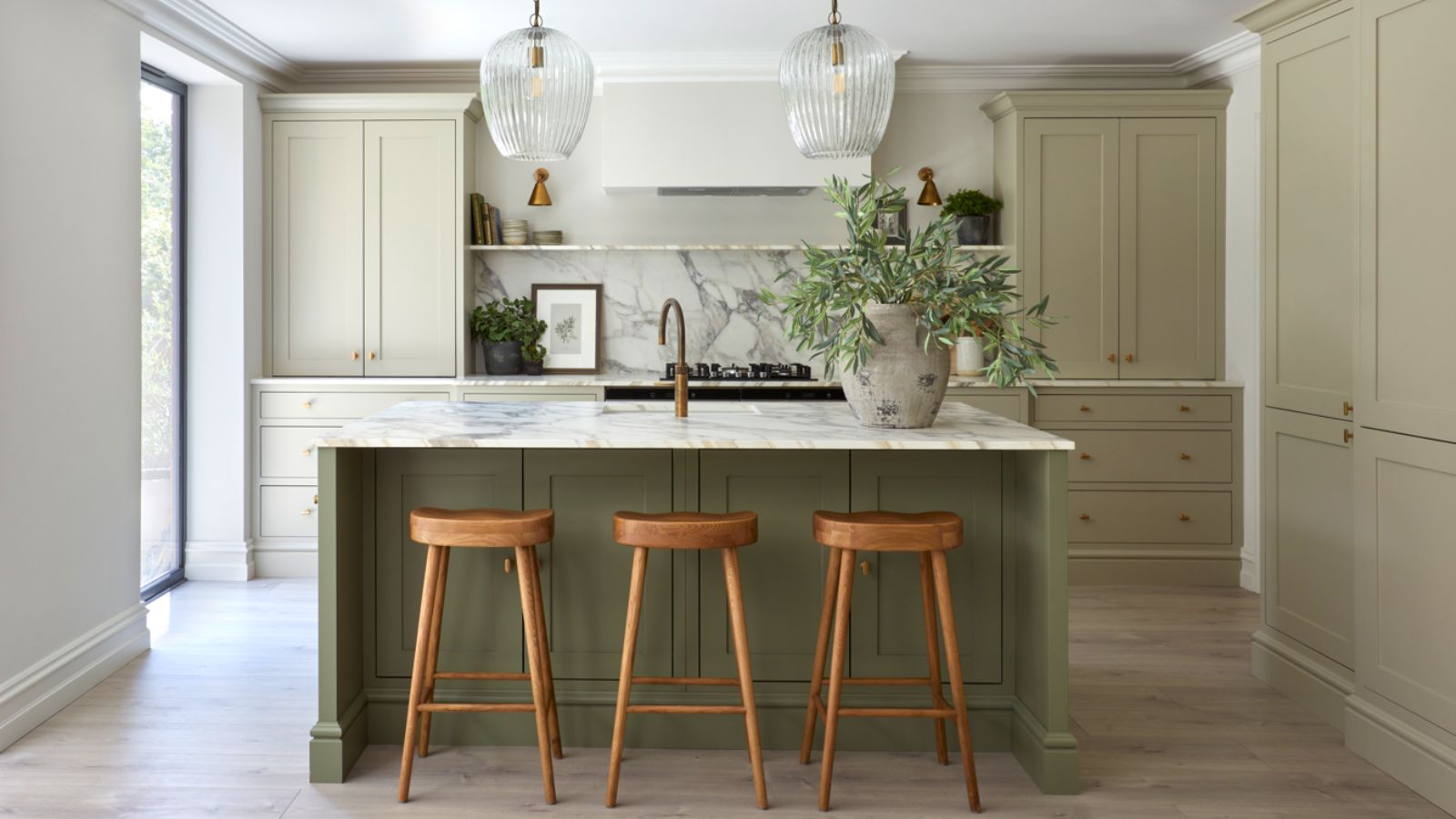
Using wipes can be a great shortcut to make chores quicker; however, there are some things you should never clean with disinfectant wipes.
From avoiding preventable damage to ensuring a home is truly sanitary, there are five areas professional cleaners urge you to avoid and the cleaning tips you should use instead.
5 things you should never clean with disinfecting wipes
Disinfectant wipes can be damaging to your home's healthy microbiome, so follow our experts’ disinfecting golden rules for a sanitary home that isn't pushed out of balance with overly harsh cleaning chemicals.
1. Food prep surfaces
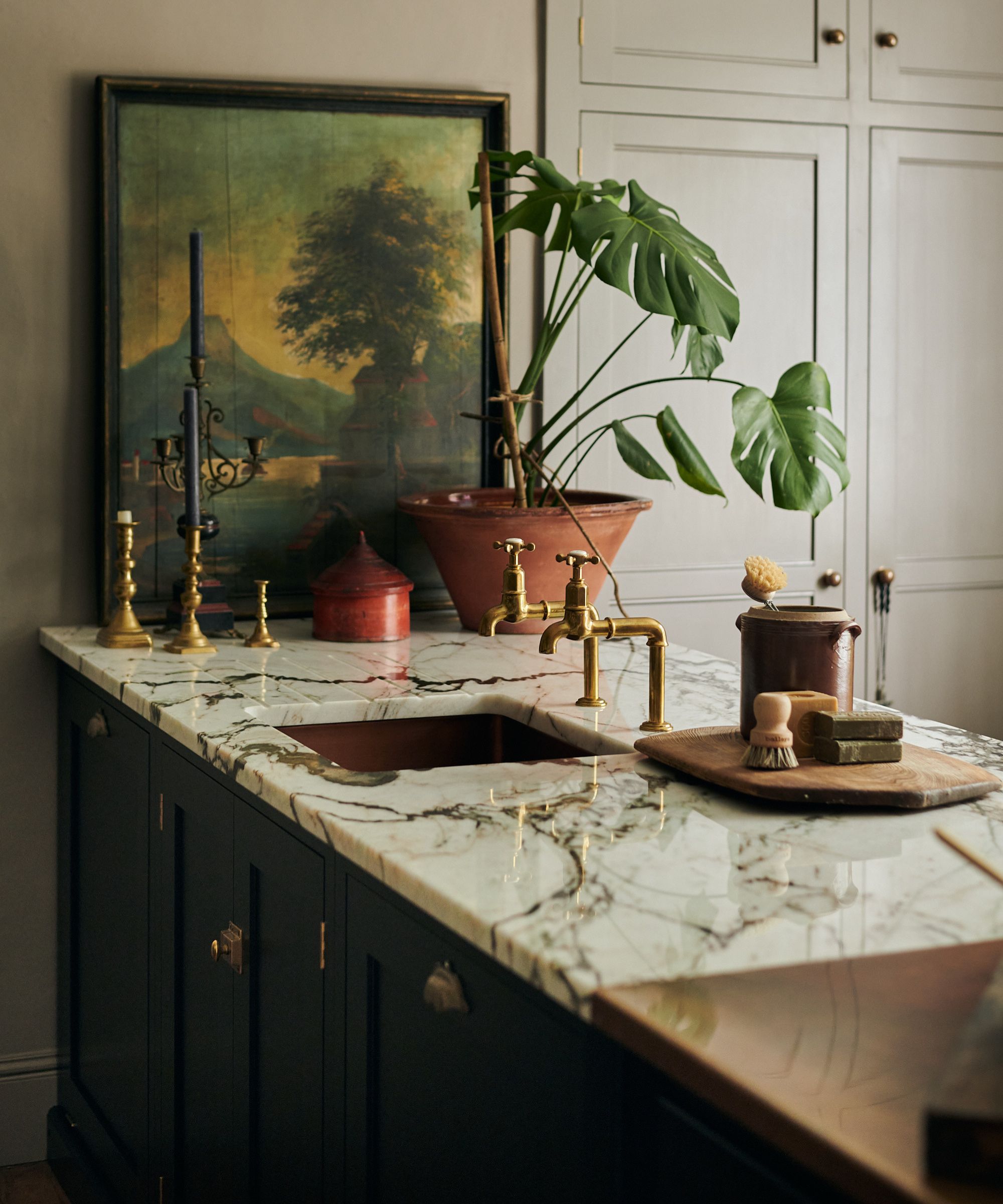
Disinfecting wipes are dangerous to our health, and can damage countertops.
Of all the things to do daily to keep kitchen counters clear, you should never use disinfectant wipes.
Scott Schrader, professional cleaner at CottageCare, begins, ‘Disinfectant wipes are not food-safe. They may leave some sort of chemical residue that you do not want to come into contact with food. '
'Instead, wash food-prep surfaces and related items with hot, soapy water and then sanitize with a food-safe solution. For example, cleaning with white vinegar or a food-grade hydrogen peroxide [available at Walmart] followed by rinsing.’
We suggest using Dawn dish soap, from Walmart, which is designed for contact with food surfaces, being sure to rinse thoroughly with plain water afterwards.
Design expertise in your inbox – from inspiring decorating ideas and beautiful celebrity homes to practical gardening advice and shopping round-ups.
2. Electronics

Electronics and moisture do not mix.
Whether you are cleaning a TV screen or a computer keyboard, you should never use disinfecting wipes. Not only can they remove protective films, but they are also too moist for the task.
Jade Piper, professional cleaner with BetterCleans, explains, ‘Electronics don’t play well with moisture. It might seep and cause short circuits, damage sensors, or cause corrosion. For screens, I usually use Whoosh screen cleaner [available at Amazon], spraying it on the free cloth that comes with the kit.
‘For keyboards, use a compressed air duster to blast dust and crumbs, then brush or wipe. If that’s not an option, a silicone air blower [also available from Amazon] works just as well. It’s something photographers use for their camera lenses, so you know it’s gentle but effective.’
3. Painted furniture and walls
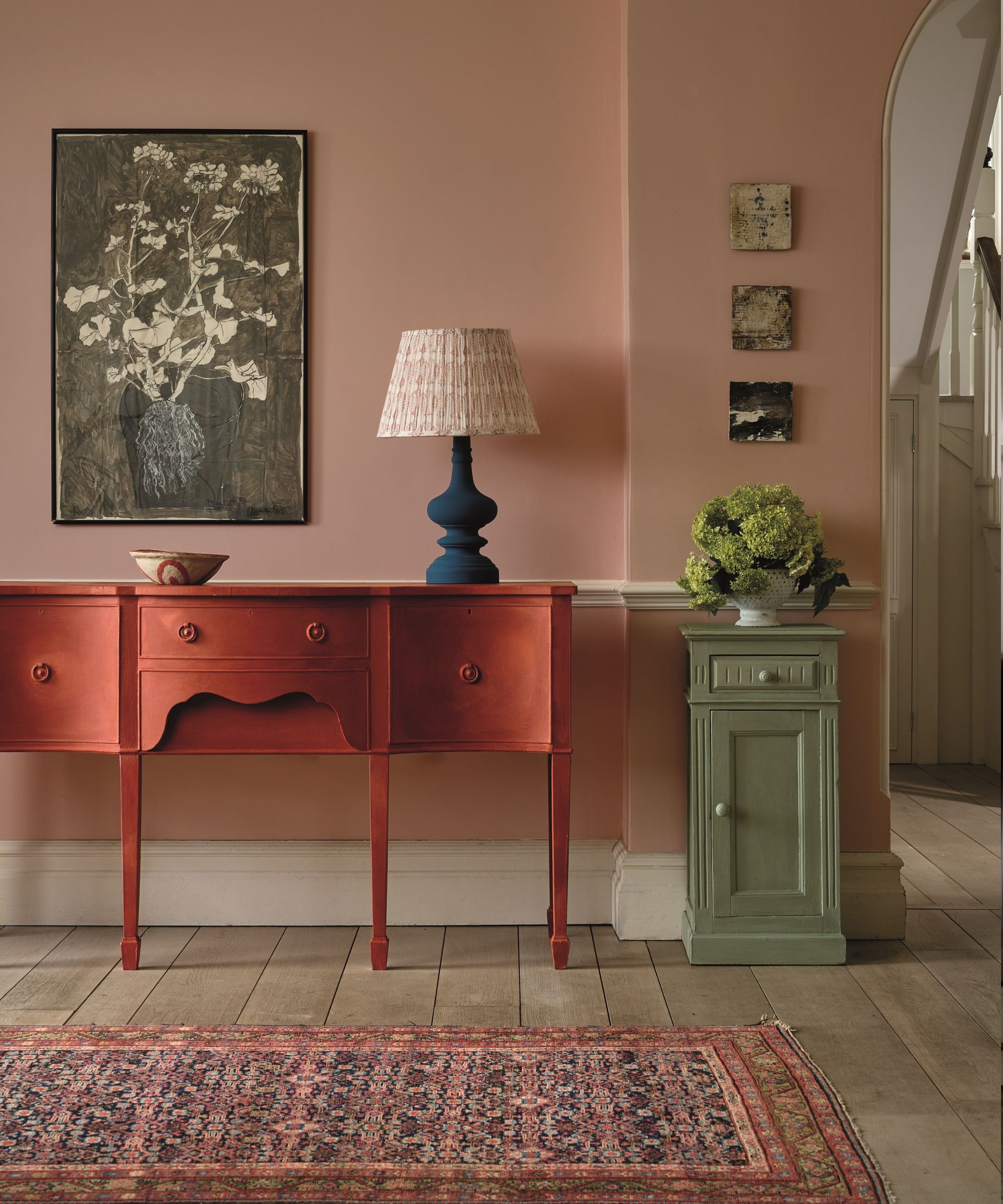
Soap and a little water are more than enough for painted surfaces.
Although a disinfectant wipe might seem like a quick and easy solution to cleaning walls and painted furniture (especially in homes with pets or children), it could spell disaster for your paintwork.
Jade continues, ‘Using disinfectant wipes could leave behind shiny patches or subtle streak marks that show up in certain lighting. Instead, dust with a dry microfiber cloth from Walmart. For walls, I use a dry Swiffer mop, from Target, to reach up high without needing a ladder.’
4. Upholstery

Use dedicated upholstery cleaners to protect the fabric.
One thing people with clean upholstery always do is clean regularly – but never with disinfectant wipes.
Scott warns, ‘Disinfectant wipes are only designed for hard, nonporous surfaces. When using disinfectant wipes on any fabric, the product does not properly disinfect the fabric, and they may leave moisture behind that could cause staining or mildew. Use a fabric-safe cleaner, or properly sanitize using only upholstery steam cleaning methods.’
The Lysol Fabric Disinfectant Spray, from Amazon, is designed specifically for refreshing upholstery. Without damage (but always spot test in a small, inconspicuous area first). Just need to make upholstery smell nice? Consider the Attitude Fabric Refresher, also from Amazon, which is EWG-certified as free from harsh chemicals, making it pet and child-friendly.
For a completely chemical-free approach, consider the Bissell Little Green carpet and Upholstery steamer from Amazon to kill bacteria on contact. Check the manufacturer's label first, however, as some fabrics, such as velvet, cannot be steamed.
5. Retainers and dentures
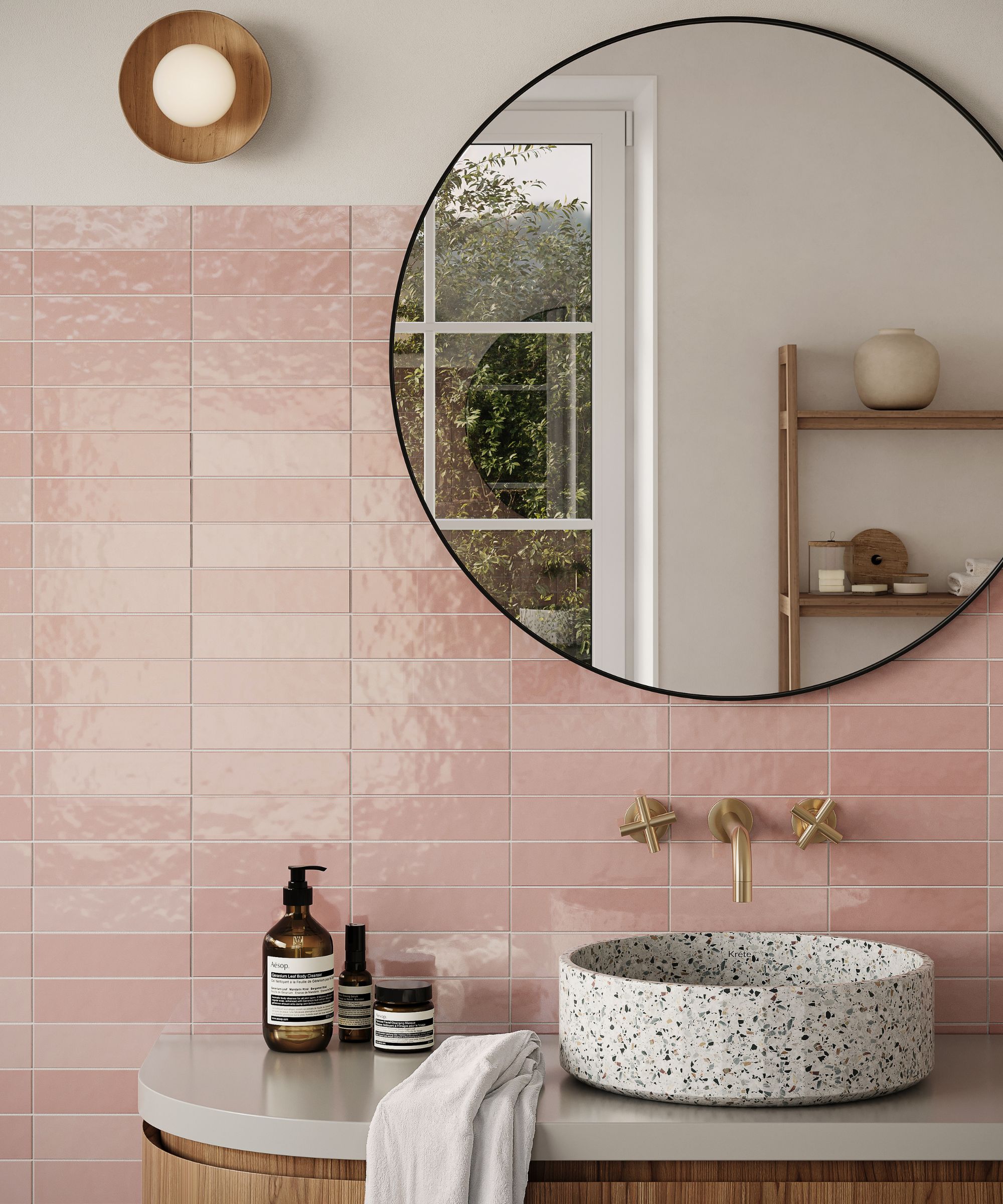
Oral hygiene tools should go no where near disinfectants.
You should never skip your oral hygiene essentials when cleaning a bathroom, but resist the urge to sanitize them with disinfectant wipes – even in a pinch.
Dr. Sandip Sachar, a NYC-based dentist, urges, ‘Never use disinfectant wipes on mouthguards, retainers, dentures, or any other oral appliance. I have had patients ask me if it is okay to do this while they are on a flight, and it is difficult to access clean water to rinse the appliances. The answer is no – It is never safe to do this!
‘The chemicals in these wipes aren’t safe to put in your mouth. Disinfectant wipes leave behind chemical residues (like quaternary ammonium compounds and alcohols) that are not intended for internal use.'
Even if you rinse the appliance with water afterward, trace amounts may still linger.
Dr Sachar adds, 'Any leftover residue can irritate the sensitive tissues in your mouth, leading to sores, inflammation, or allergic reactions. It creates a low-level toxic exposure risk that’s totally avoidable.’
Instead, use denture sterilizing tablets from Walmart for any oral hygiene tools (including retainers and toothbrushes), and replace hygiene tools regularly.
What to shop
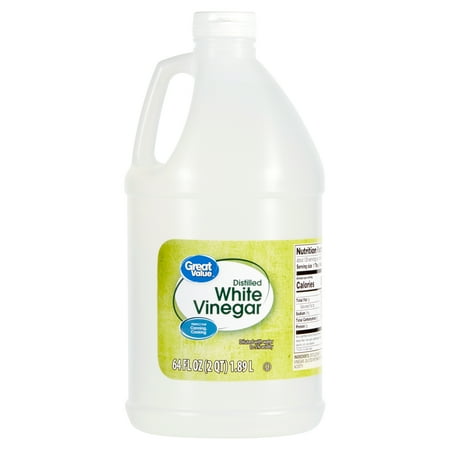
White vinegar is a great gentle disinfectant that is perfect for food surfaces, especially when combined with citric acid (lemon juice).
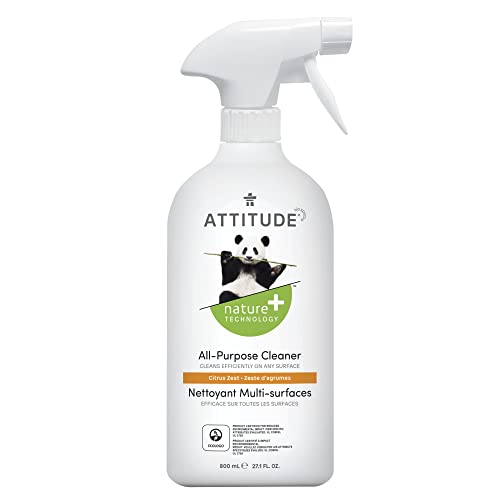
The Environmental Working Group (EWG) has certified Attitude products as non-toxic, meaning they contain no harsh chemicals or artificial compounds.
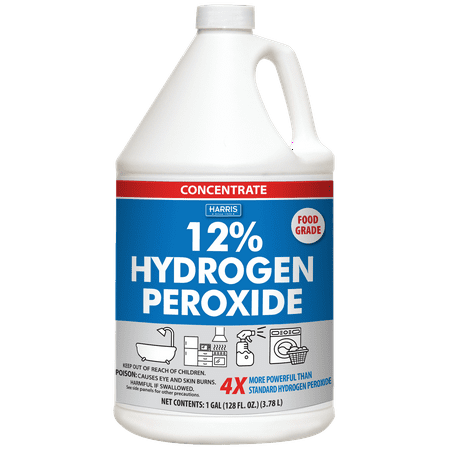
This 12% concentration is 4X more concentrated than standard hydrogen peroxide, making it perfect for combining with water in a spray bottle for affordable household disinfecting.
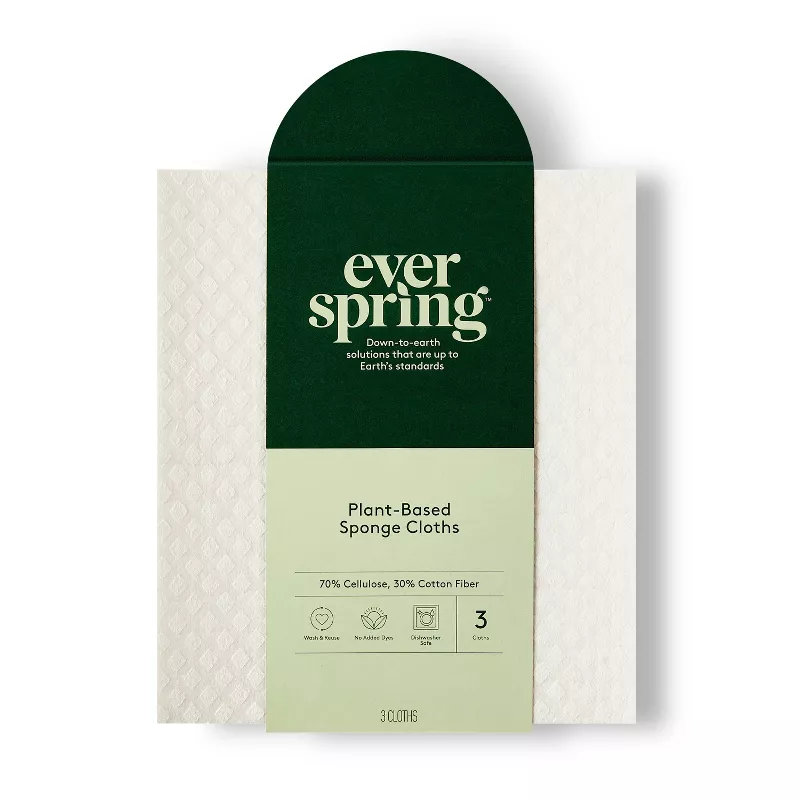
Sponge cloths are plant-based, meaning they are free from plastics and decompose in compost heaps in around 10 months, making them an eco-friendly, hygienic alternative to traditional sponges and paper towels.
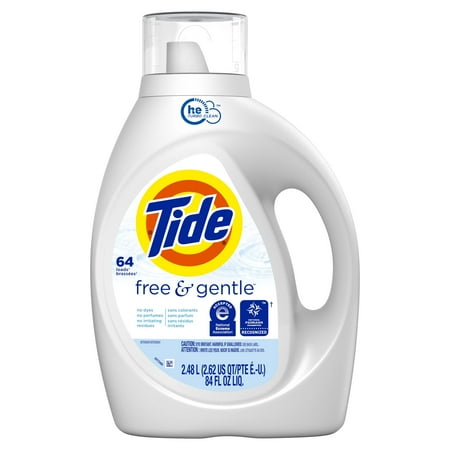
For fabrics you can put in the washing machine, disinfect with a warm water cycle and a quality detergent. This Tide detergent contains no artificial fragrances or dyes to avoid damage or skin irritation.
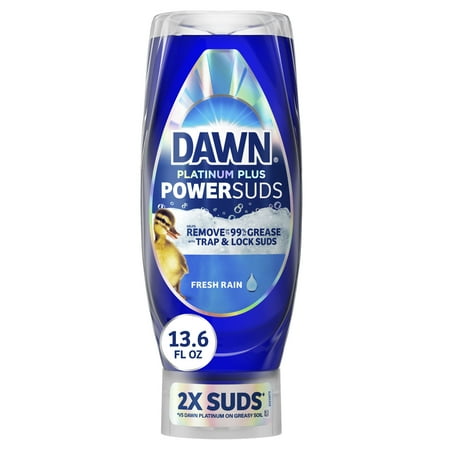
Dish soap is a great, gentle alternative to disinfecting and cleaning surfaces used for food prep, or often touched by children and pets, reducing the risk of accidental poisoning. Make sure to leave soap on for 30 seconds before rinsing.
FAQs
What are the downsides of disinfectant wipes?
One of the major downsides to disinfectant wipes is the harsh chemicals they typically contain, which can cause eye, skin, and respiratory irritation, and prolonged exposure to QUATs (a common ingredient category in chemical disinfectants).
These can hurt your health over the long term. What’s more, disinfectant wipes are bad for the environment, both because of the chemicals and the waste produced by single-use wipes.
Meet the experts

Scott is a cleaning expert at CottageCare, which is a leading home cleaning company with over 41 locations nationwide. He's a big believer in using eco-friendly cleaning solutions like baking soda.

Dr. Sachar is a graduate of Stony Brook University School of Dental Medicine and is now a general and cosmetic dentist based in NYC. She continued her dental training for two years as a resident at New York Hospital Queens and as the chief resident at Wyckoff Heights Medical Center, followed by advanced dental training at Spear Education.
While it is important to remove dangerous bacteria from your home, there are some ways you may be overcleaning your home that could result in resistant strains of bacteria.
Switching a reliance on disinfectant wipes to non-toxic cleaning products can help mitigate this without sacrificing cleanliness. Professional cleaners also share how you don't need harsh chemicals to clean, as long as you know how to use them properly.

Chiana has been at Homes & Gardens for two years and is our resident 'queen' of non-toxic living. She spends most of her time producing content for the Solved section of the website, helping readers get the most out of their homes through clever decluttering, cleaning, and tidying tips. She was named one of Fixr's top home improvement journalists in 2024.